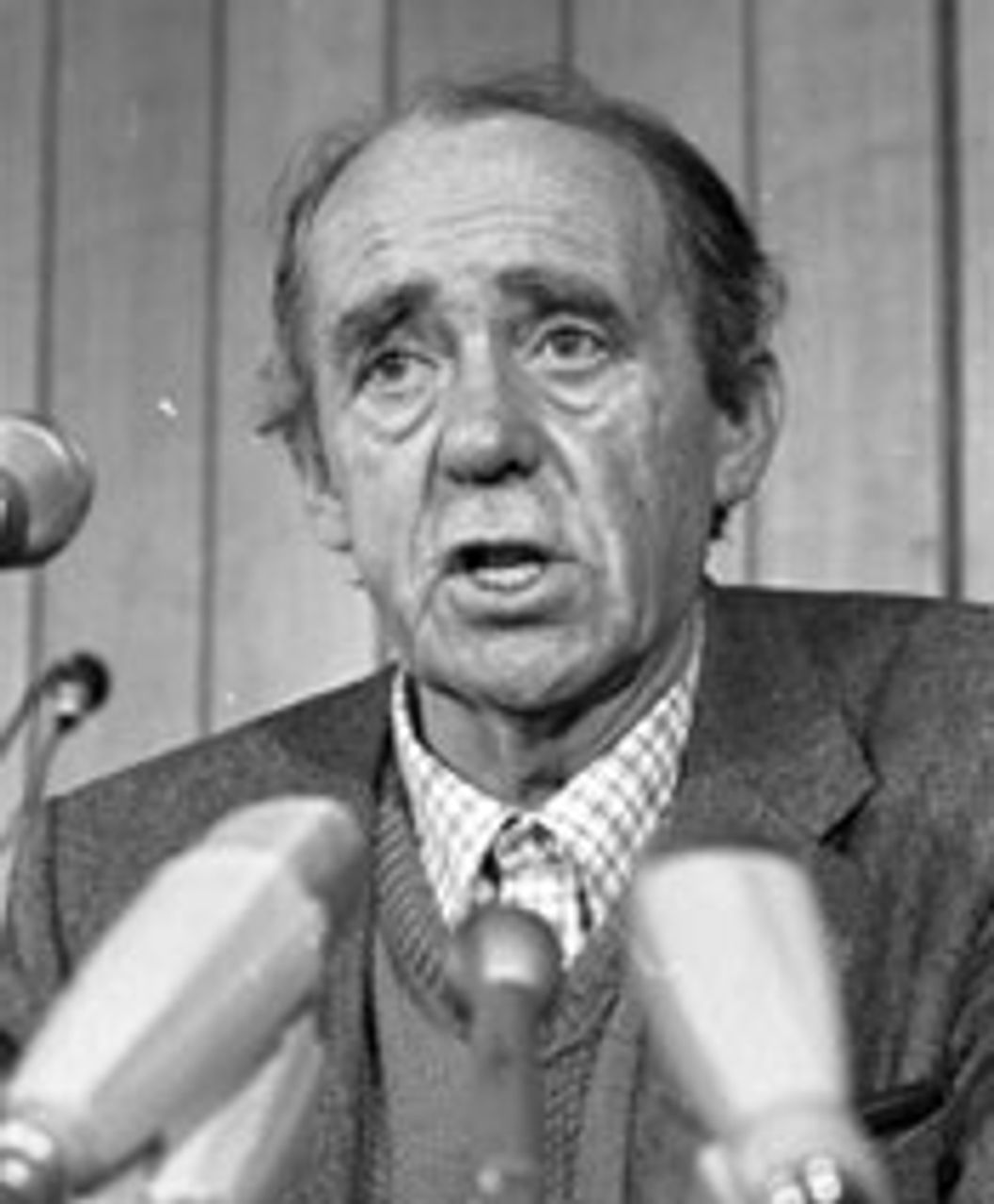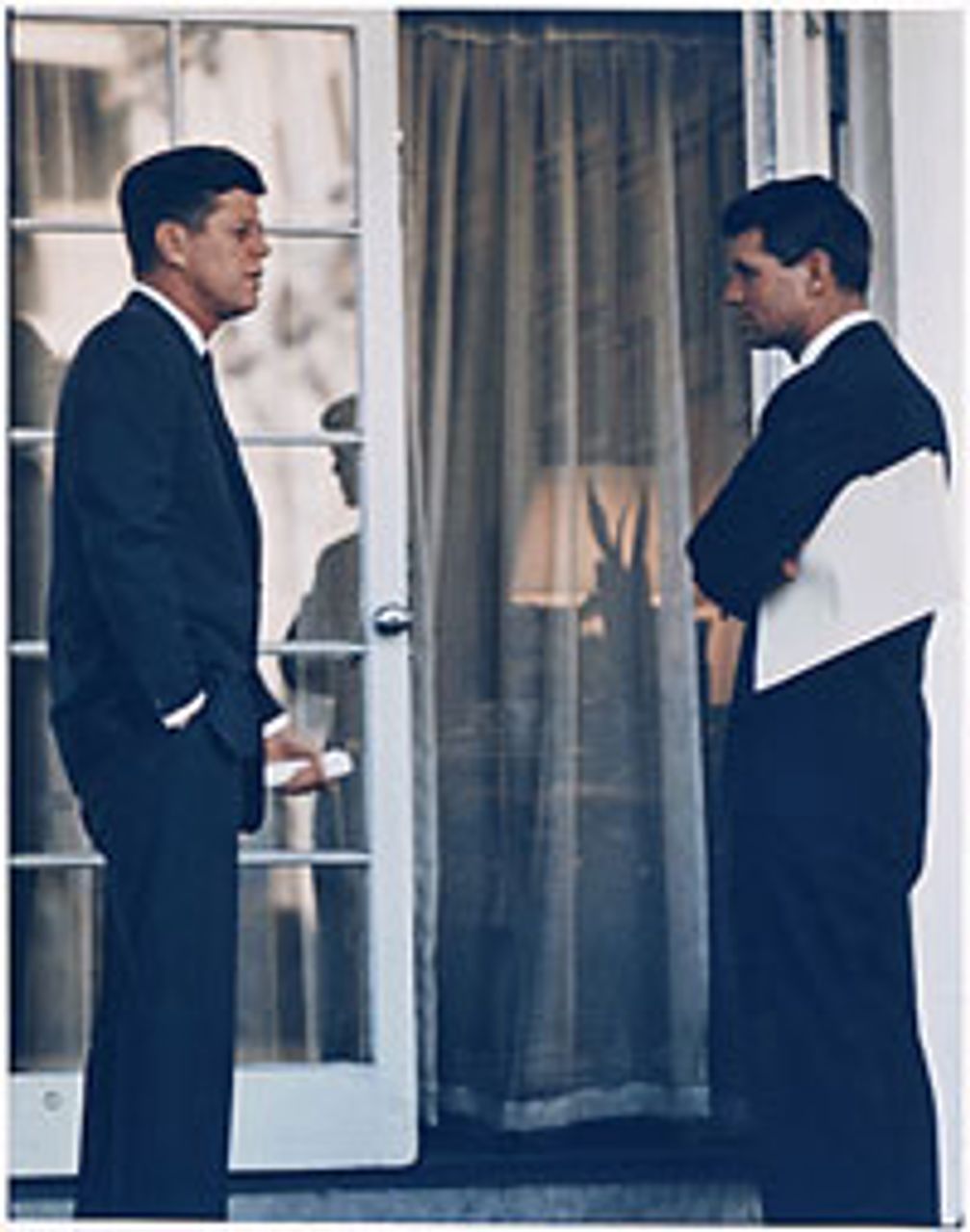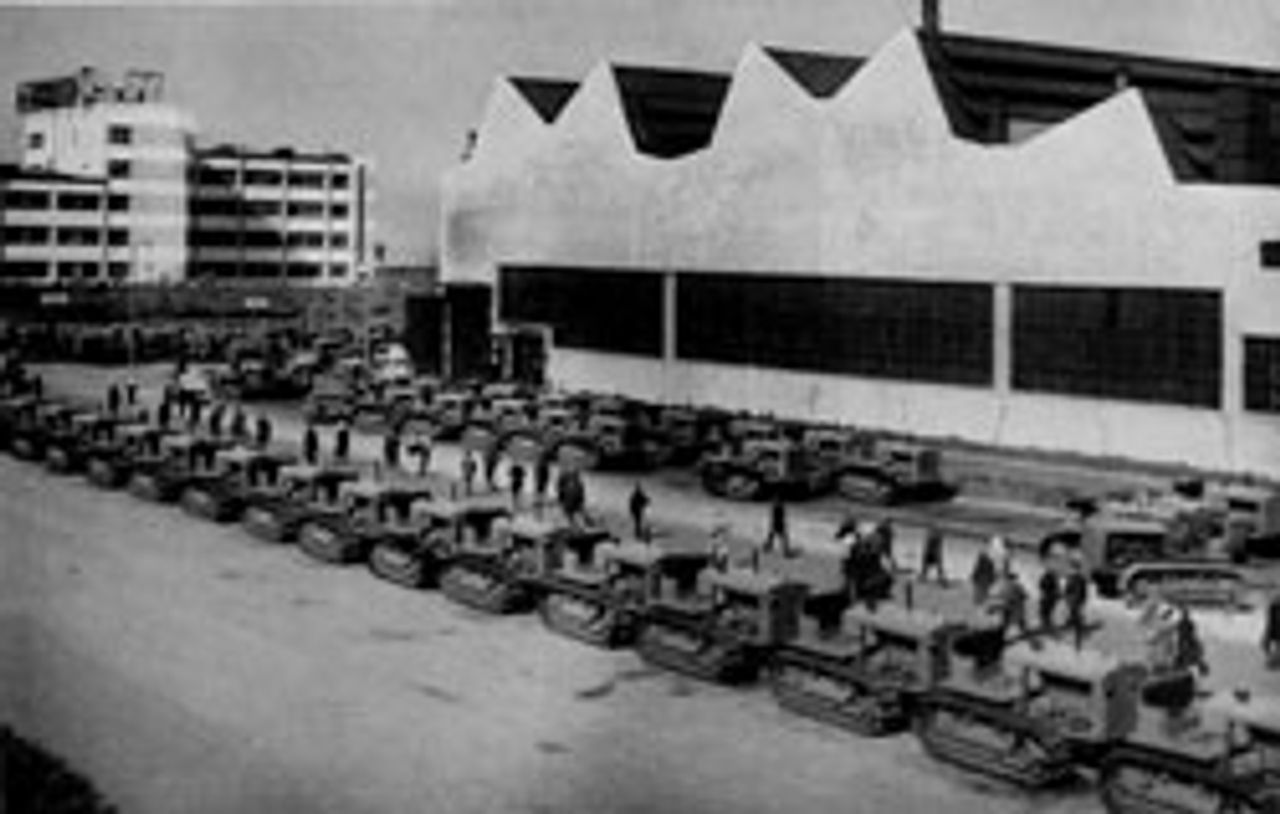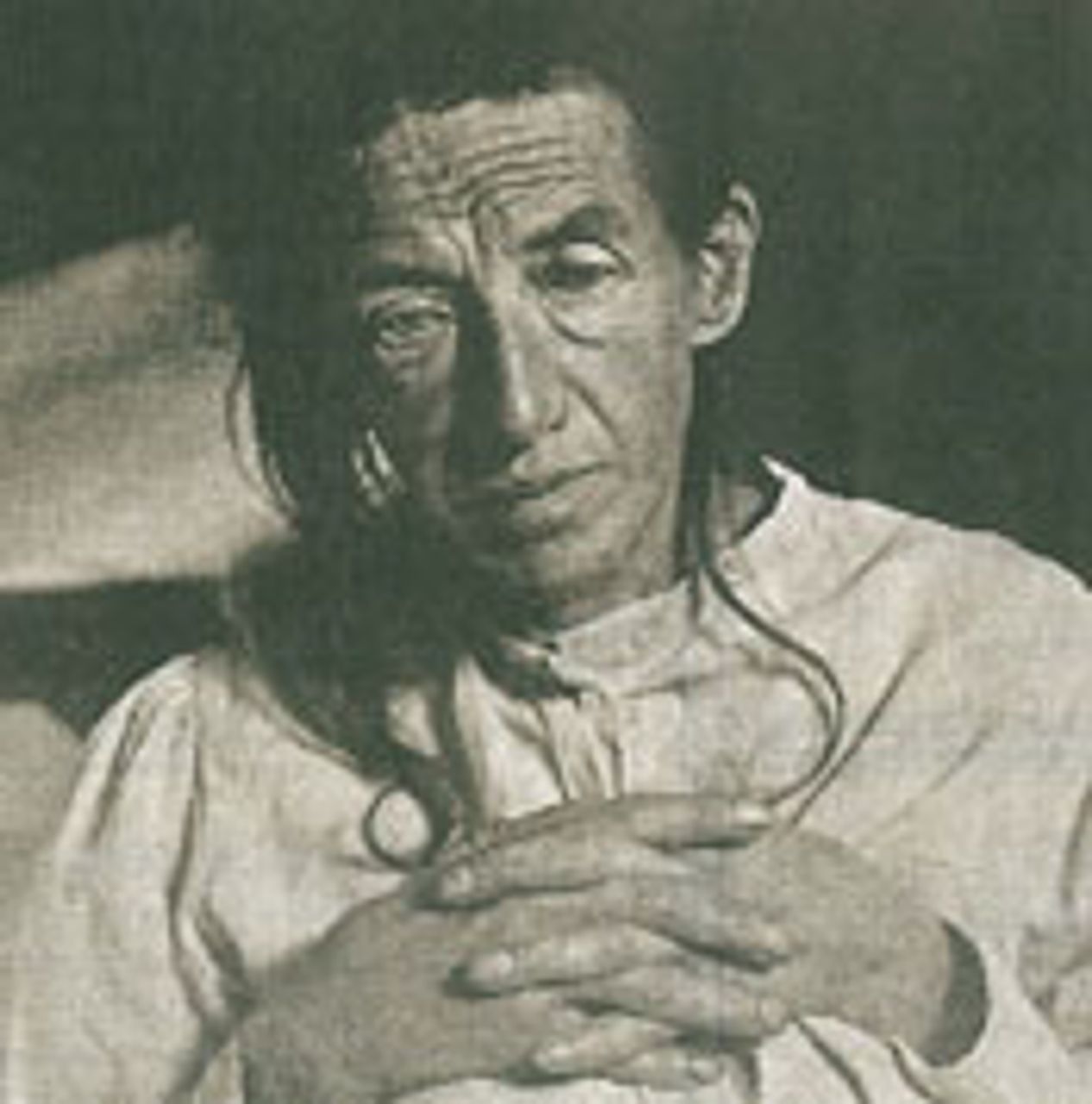This Week in History provides brief synopses of important historical events whose anniversaries fall this week.
25 Years Ago | 50 Years Ago | 75 Years Ago | 100 Years Ago
25 years ago: German author Heinrich Böll dies
 Heinrich Böll
Heinrich BöllGerman author Heinrich Böll, known for his writings on World War II and his satirical attacks on official German society in novels, plays, and short stories, died on July 16, 1985, in Bonn. In a literary career that spanned four decades, Böll established himself as the foremost writer of the post-war “Trümmerliteratur,” or literature of the rubble, winning the Nobel Prize for literature in 1972 for the novel Group Portrait with Lady.
Böll was deeply affected as a writer by his Roman Catholic and working class upbringing in the city of Cologne, where his father worked as a cabinet maker. But the most indelible impression was made by Böll’s experience of fascism and war. Böll maintained a hatred of Nazism to the end. “[M]y unconquerable (and still unconquered) aversion to the Nazis was not revolt," Böll wrote, "they revolted me, repelled me on every level of my existence: conscious and instinctive, aesthetic and political." (What's to Become of the Boy?, 1981) Conscripted into the Wehrmacht, Böll saw some of the fiercest combat of WWII—he served in fronts in Russia and Hungary—and was wounded several times.
It did not take long after the war for Böll to emerge as an important writer, with his first novel, The Train was on Time, published in 1949. His writings appeared regularly beginning in the 1950s, and he often appeared on radio and television. Several of his novels became films. Böll’s writings often trained their fire on the cowardice and conformism of businessmen, government officials, and the clergy.
In an ironic twist for an author “from the rubble,” Böll’s papers were tragically lost in the March 3, 2009, collapse of Cologne’s city archive.
50 years ago: Democratic Party nominates Kennedy for president
 John Kennedy with brother Robert
John Kennedy with brother RobertSenator John F. Kennedy of Massachusetts was nominated for president by the Democratic National Convention in Los Angeles. He dispatched late challenges from the powerful Senate majority leader, Lyndon B. Johnson of Texas, and the twice-defeated nominee, former governor Adlai Stevenson of Illinois—and overcome the bitter opposition of former President Harry Truman. Kennedy had easily beaten senators Hubert H. Humphrey of Minnesota and Stuart Symington of Missouri in the state-by-state delegate race. In a surprise move, Kennedy offered the vice presidential nomination to Johnson, who accepted.
There had been no major differences among the candidates, all Cold War liberals, although Kennedy had established himself as the most outspoken proponent of increased military spending. The candidate most favored by the trade unions, Humphrey, failed to garner significant support. Kennedy, on the other hand, enjoyed prominent media backing and a sophisticated, well-funded campaign.
The platform that was adopted, grandiosely named “The Rights of Man,” called for full employment (“a paramount objective of national policy”), an expansion of quality housing (“a low-rent housing program authorizing as many units as local communities require and are prepared to build”), medical care for the elderly, and criticized Jim Crow segregation (“to assure equal access for all Americans to …voting booths, schoolrooms, jobs, housing and public facilities.”)
The platform also spelled out an expansion of US militarism and an aggressive posture toward the Soviet Union, again couched in the language of “freedom.” “[W]e will use all the will, power, resources and energy at our command to resist the further encroachment of Communism on freedom—whether at Berlin, Formosa, or new points of pressure.”
75 years ago: First US-Soviet trade agreement
 Soviet tractor factory in Chelyabinsk
Soviet tractor factory in ChelyabinskOn July 13, 1935, ambassador William Bullitt of the United States and Foreign Minister Maxim Litvinov of the Soviet Union brokered the first trade agreement between the two nations.
Under the agreement, the Soviet Union pledged to purchase $30 million worth of US goods within the coming year, marking an increase of more than 100 percent in US exports to the country from 1934. In return, the United States agreed to grant to the Soviet Union the same reductions in tariffs which it had granted to other nations under the Reciprocal Trade Agreements Act of 1934. The July 13 accord was valid for one year after which time negotiations would begin for its possible renewal.
The US-Soviet trade agreement, albeit very limited in scope, was significant politically as the first major commercial agreement between the Soviet Union and the leading capitalist power. It was a byproduct of the “Popular Front” policy embarked by Stalin in the USSR and by the Stalinist leadership of the Communist International (Comintern) beginning in 1934. In country after country around the world, the local Communist Party adopted a policy of allying with social-democratic and bourgeois-liberal parties in return for foreign policy accommodations by “their” national governments toward the USSR.
One month before the US-USSR trade agreement, France and the Soviet Union signed a defensive military alliance, directed primarily against Nazi Germany, after the French Communist Party joined an alliance with the Socialist Party and the bourgeois Radical Party. Similarly, in the United States, the CPUSA sought a joint Socialist-Communist slate in the upcoming 1936 presidential election, while lending tacit support to the Democratic Party and the “New Deal” administration of Franklin Roosevelt.
100 years ago: Alzheimer’s understood as a disease
 Auguste D.
Auguste D.This week in 1910, Emil Kraepelin’s Einführung in die psychiatrische Klinik (Guide to Clinical Psychiatry) established the condition of presenile dementia as the distinctive disease to be known as Alzheimer’s.
Study of the condition had been launched in 1901 by Kraepelin’s colleague, Alois Alzheimer, for whom the disease is named, in his study of a fifty-one-year-old woman dubbed “Auguste D.” After Auguste died in 1906, Alzheimer and Italian physicians working in Kraepelin’s lab studied her brain and discovered abnormal protein aggregates called neurofibrillar tangles and amyloid plaques.
The discovery of a pathological cause for dementia was a major breakthrough for psychiatry and medicine. It substantiated Kraepelin’s view that biological pathology lay at the basis of many disorders that had been viewed as strictly psychological. Kraeplin is also credited with discovering schizophrenia and manic-depression.
The work of Kraepelin and Alzheimer is something of a juxtaposition with their contemporary Sigmund Freud, who emphasized a psychoanalytic approach to understanding behavioral problems largely focused on the repression of desire. The tension—and cohabitation and mutual interaction—between the two approaches remains in the field of psychiatry.
